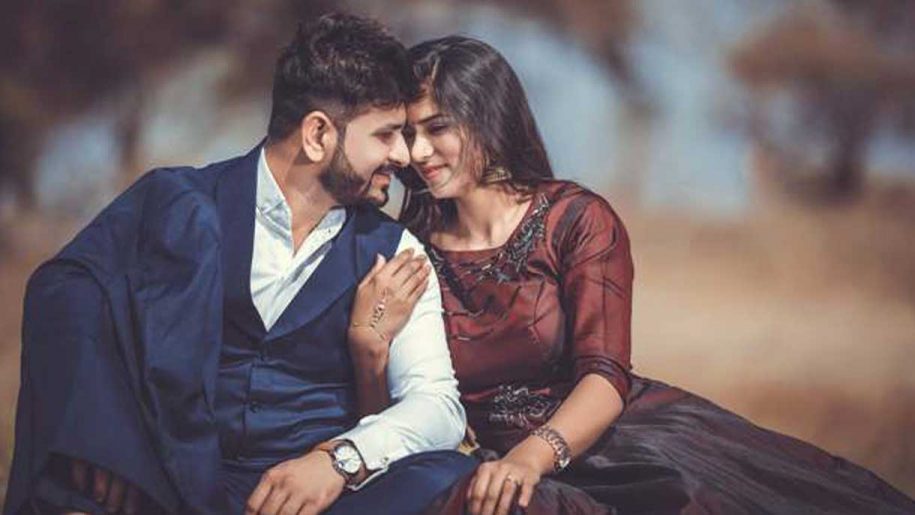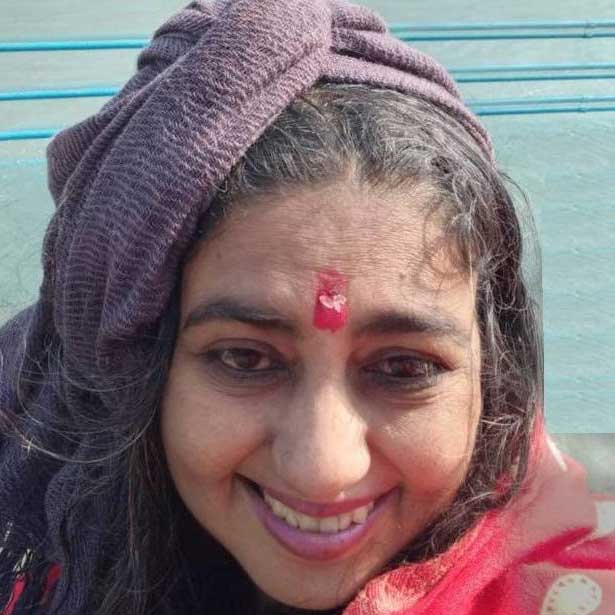Your Marriage Should be Based on Dharma
We all think about love and use the word regularly. But what does the word actually mean?
We say ‘falling in love’, but perhaps we must amend that to ‘rising in love’. Love to me is a state of freedom where there is no oppression but open communication. I am not referring only to conjugal relationships, but to any type of relationship, whether with your parents, siblings or friends. All relationships must be based on dharma or non-harm, according to Ayurveda. All relationships require humility and respect and Ayurveda says we can even learn from an ant. When we are open to learn, our buddhi, the power to differentiate between appropriate and inappropriate, expands. When we live in dharma, then dharma supports us. In other words, when we live a non-harmful, respectful life, the laws of nature support us.
I love my version of the saying, ‘let a bird go free and if it was yours to be, it shall be back to thee’. Deep soul relationships can never be destroyed regardless of what goes on in the relationship. These relationships are nurtured by qualities such as honesty, integrity and respect, all integral aspects of dharma.
In conjugal or romantic relationships, the ‘short-term pleasure kick’ never works for long, and neither is it particularly healthy for individuals, families and societies. On the other hand, both parties of a relationship need freedom to fulfil their innate potential. No one should be suppressed or feel oppressed.
People talk so glibly when they say, ‘shaadi barbadi’, which means that marriage is the equivalent of destroying your life. It has become fashionable to say this now. I also hear this: ‘ teen din ki chandani raat, phir andheri raat’ ― three days of moonshine followed by everlasting darkness. All I can say is that these popular sayings about marriage were literally unheard of 15 or so years ago.
To me, marriage is a wonderful union, if based on dharma. It is an important part of most religions in the world and is an integral part of uniting society. In traditional India, marriages united families as well. In this way, a healthier society was created.
However, I have seen too much possession, obsession and suppression around women in today’s world. I also hear from men that they are provoked and that, they too suffer from psycho-emotional abuse. Whatever the case, open communication leading to dharma is the only way to peace. No amount of blame will help the situation nor will the oppression of human rights.
In this new millennium, ‘live in’ and ‘free relationships’ are becoming popular. However, these new traditions go somewhat against the ancient religious traditions or Sanatan Dharma; however, if there is commitment in the heart and there is dharma, then perhaps the situation is different. Free relationships, wherein the partners can choose other partners while still remaining within the main relationship may never work. In Ayurveda, promiscuity is said to lead to disease.
Modern India knows two types of marriage: love marriage and arranged marriage, yet eight types of marriage have been defined in the ancient scriptures of India. These are described in the Manu Smriti.
The Laws of Manu outlines eight types of marriages that existed in ancient Hindu life. The first four forms of marriage were known as Prashasta forms. All four were regarded as approved forms, although the approval existed in different degrees, with Brahmana clearly superior to the other three. The last four forms of marriage, which were known as Aprashasta forms, were regarded as undesirable.
Prashasta Forms of Marriage
- Rite of Brahmana (Brahma): In this form of marriage, the bride’s father chooses a man learned in the Vedas who is known for good conduct. The father gives his daughter in marriage to the groom. The bride is dressed in jewels and costly garments. This is considered the best type of marriage and still exists in modern India, where carefully arranged marriages are the norm. However, Brahmana has been sullied through the practice of dowry payments among various groups.
- Rite of the Gods (Daiva): In this form, the daughter is groomed with ornaments and “gifted” to a priest who duly officiates over the wedding ceremony, during which a sacrifice is performed. Even in ancient times, this form was inferior to Brahmana, and was largely discontinued.
- Rite of the Rishis (Arsha): In this variation, the father gives away his daughter after receiving a cow and a bull from the bridegroom. This was not considered a form of payment or dowry, but looked upon as a gift of appreciation. But because it resembled a “sale” of the bride, it was considered an inferior form of marriage and was gradually discontinued.
- Rite of the Prajapati (Prajapatya): Here, the father gives away his daughter after blessing the couple by reciting the words, “May both of you perform together your dharma.” The couple is expected to perform civic and religious duties together, and because these duties are imposed on the couple as a condition of marriage, Prajapati is considered the least desirable of the four Prashasta forms.
Aprashasta Forms of Marriage
- Rite of the Asuras (Demons): In this form of marriage, the bridegroom receives a maiden after bestowing wealth to the bride and her kinsmen. It is regarded as the selling of a bride, and was considered greatly inferior to the four Prashasta forms of marriage. It is no longer practiced among Hindus.
- Rite of the Gandharva: This form of marriage involves the voluntary union of a maiden and her lover arising out of physical desire and sexual intercourse. Although it resembles the western marriage system in that it arises out of the free choice of the couples, it is not in practice in modern India, although a similar type of marriage commonly known as “love marriage” exists.
- Rite of the Rakshasa: This is the forcible abduction of a maiden from her home after her kinsmen have been slain or wounded and their houses invaded. This violent, forcible form of marriage thankfully no longer exists and would be totally illegal.
- Rite of the Pisaka: In this form, a man uses stealth to seduce a girl who is sleeping or intoxicated or is mentally imbalanced or handicapped. It is hard to distinguish such a form of “marriage” from rape, and certainly does not exist in a civilised society.
One may well ask how these marriages have even been defined in an ancient respected text. The fact that they were mentioned gives them a sort of validity. Thankfully, our legal system has thrown these out.
The best form is a marriage based on dharma. Only that is everlasting, peaceful and happy.


